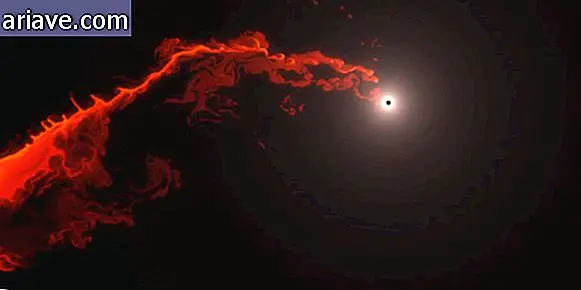Get to know the real versions of legendary and fictional creatures
How far are fictional creatures and beings inventions of creative minds? Our ancestors sought to justify the creation of myths and gods through experiences and stories they witnessed, whether true or not. But is it correct to say that every legend comes from something real? Through this question, we present here a list of creatures and real beings that resemble, in a way, ancestral tales.
Vlad Tepes vs Count Dracula
Count Dracula is a fictional character from Bram Stoker. The nineteenth-century work eternalized the best-known vampire in literature and was the gateway to the extension of the blood-sucking universe. Its legend is believed to have been inspired by Romanian Vlad Tepes, son of Dracul, a Romanian prince who drained the victims' blood after impaling them.

Flamingos x Phoenix
Scientists have found that the phoenix may have originated from the existence of a particular flamingo, which fed on spiroline, a substance derived from the volcanic lakes of the Grand Rift. In addition, the bird was breeding on Lake Lengay, in waters that reached temperatures of over 60 ° C, with its chicks born bathed in gray dust, giving rise to the idea of "rising from the ashes", observed by someone who followed this narrative.
Gigantopithecus x Bigfoot
According to evolutionary theory, gigantopithecus, the largest ape ever existing, weighing about 200 kg to 500 kg in adulthood, would be "ancestral" to Bigfoot, since it closely resembled human size and features, with a similar dentition. . Since the jumpsuit was already extinct, the still-living "relative" of Bigfoot would, in theory, be the Orangutan. Gigantopithecus is estimated to have become extinct because it cannot adapt to environmental changes and diet.
Giant Triassic Cephalopod x Kraken
In a study by paleontologist Mark McMenamin, the possibility of a real Kraken during the Triassic period was raised. The creature, known as one of the ocean kings and devastating vessels and lands, may no longer be considered a myth but an endangered being. Despite disagreements between Mark and his teammates, the paleontologist stands firm on the idea that the remains of a huge ichthyosaur may have been remnants of a giant life in the seas, a cephalopod who "played" with his food.












